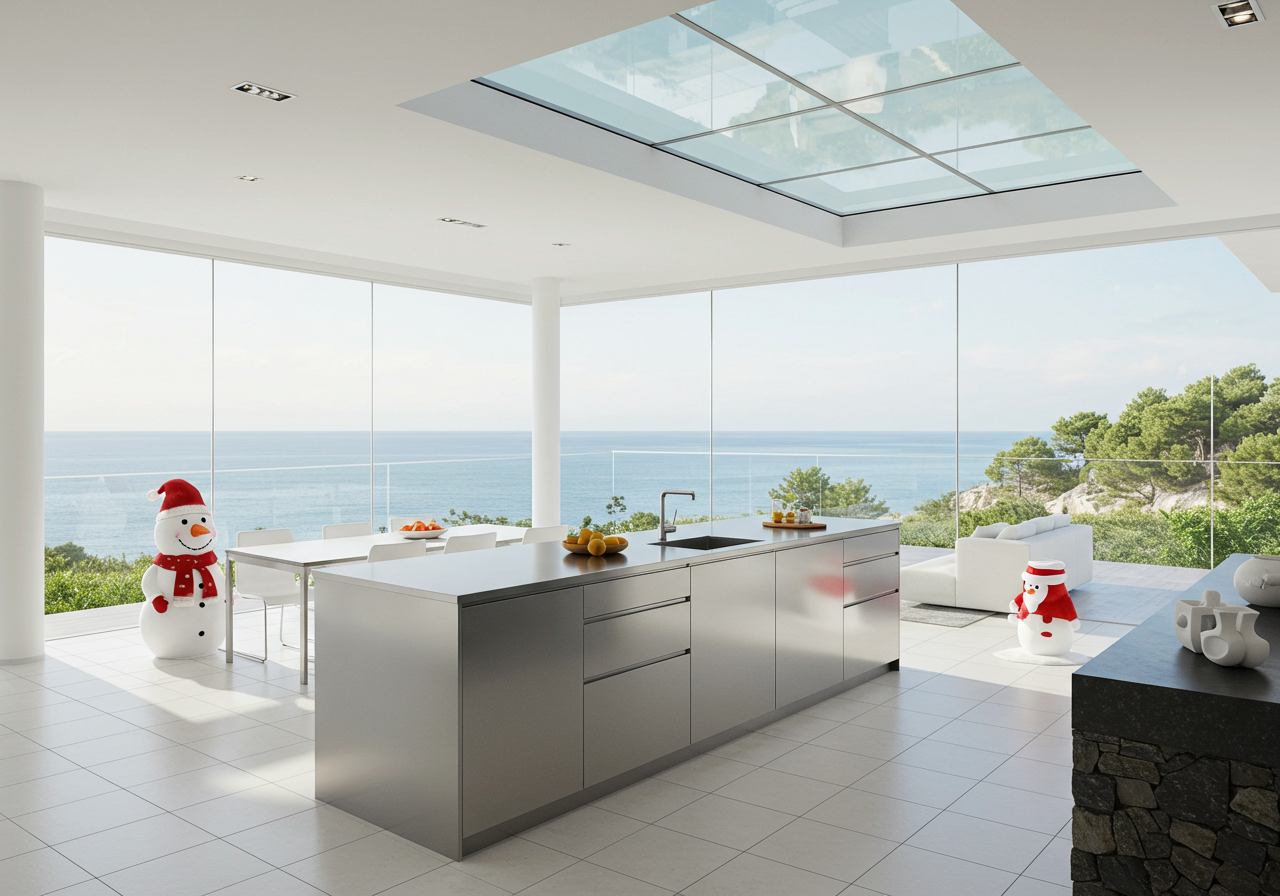Does The Montecito Housing Market Slow Down In Winter?
Winter is often considered a slower season for real estate in many parts of the country, but Montecito's unique climate and market dynamics set it apart.
Whether you're a buyer, seller, or real estate professional, understanding Montecito, California’s winter real estate trends can be crucial in planning your strategy. So, does the market really slow down in winter here? The answer is nuanced and depends on several key factors.
1. Montecito’s Mild Climate Keeps the Market Active
Unlike much of the country, California’s winter weather is relatively mild, particularly in coastal areas like Los Angeles, Santa Barbara, and San Francisco. This milder climate means that the barriers to home shopping are lower than in colder, snow-prone regions. Without icy roads or freezing temperatures, buyers can comfortably tour properties year-round, keeping the market more active in winter.
In Southern California, where temperatures remain pleasant, the market often stays consistent, with buyers motivated by lifestyle changes or job relocations rather than seasonal shifts. Northern California sees slightly more of a winter slowdown due to rain, but overall, the weather doesn’t significantly deter buyers.
2. The Holiday Effect: Reduced Inventory but Motivated Buyers
The holiday season naturally slows things down a bit, as both buyers and sellers focus on family gatherings and holiday festivities. As a result, there’s usually a dip in new listings and open houses in December. However, this can actually work in favor of sellers who do list in winter. With fewer properties on the market, their homes face less competition, increasing their chances of standing out.
Buyers who are active during winter tend to be more motivated, often driven by deadlines such as job relocations, family changes, or tax advantages before the year’s end. This can mean faster, more focused transactions, with buyers who are ready to make serious offers.
3. Local Market Variations: Coastal vs. Inland Markets
California’s real estate market is diverse, with variations between coastal and inland areas. In coastal cities, demand tends to be high year-round due to the desirable lifestyle, robust job market, and limited housing supply. Inland areas may see a bit more of a seasonal slowdown as temperatures drop and people adjust their focus.
Luxury markets in places like Montecito, Beverly Hills, and the Bay Area are less affected by seasonal shifts, as high-end buyers are often looking for second homes or investments. In these areas, winter can still be a competitive time, as affluent buyers look for opportunities while others take a holiday break.
4. Buyer Trends and Tax Considerations
Many buyers and investors use the winter season to make year-end decisions based on tax planning. Purchasing a home before the end of the year can offer tax benefits, like property tax deductions or mortgage interest deductions, which can be appealing to those looking to optimize their tax situation. This factor can bring more activity to the winter market, particularly in the higher-end or investment-driven segments.
5. New Year, New Home: The January Uptick
While December may see a slight dip in activity, January often brings a surge in buyers and sellers who are motivated by New Year’s resolutions and a fresh start. Families may be preparing for the upcoming school year, while others are eager to settle into a new home early in the year. For many, January represents an ideal time to enter the market, particularly with a relatively low level of competition from the slower holiday season.
Buying or Selling A Home In Montecito Is A Year-Round Opportunity
While winter does bring a slight seasonal slowdown in Montecito, the impact is far less pronounced than in colder states. California’s mild climate, diverse buyer motivations, and the tax-driven incentives create an environment where serious buyers and sellers remain active even in December and January.
For real estate agents, understanding these nuances is key to advising clients effectively. Sellers can benefit from listing in winter when competition is lower, while buyers can take advantage of the quieter market to negotiate. The Montecito real estate market, in many ways, remains active year-round—just with a different rhythm during the winter months.

